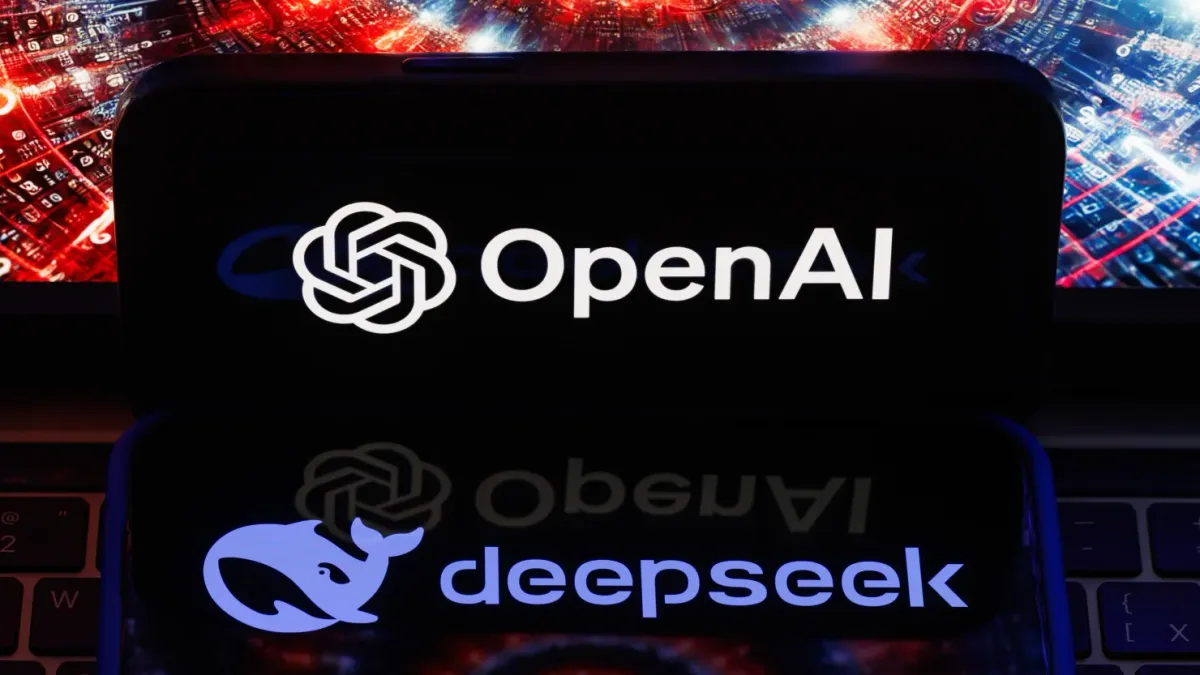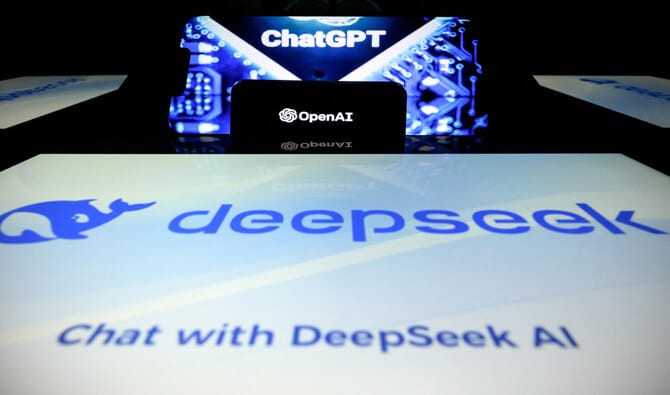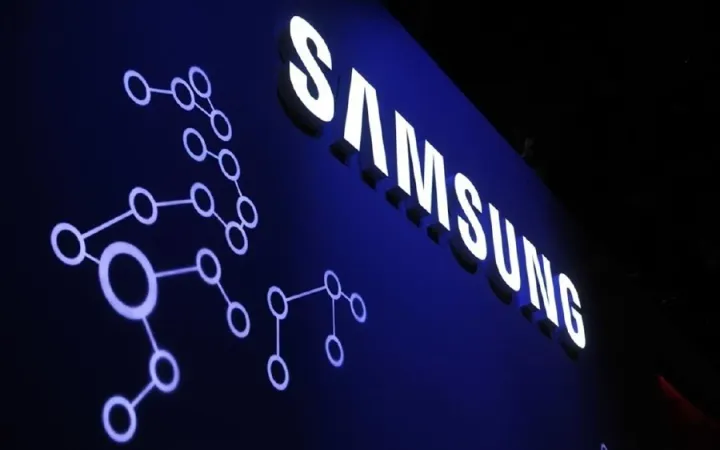Game On: DeepSeek Ramps Up China-U.S. AI Competition but Won't Hurt OpenAI

The sudden entry of Chinese AI lab DeepSeek has fueled global debate regarding increased competition in the AI race between the United States and China. DeepSeek has proved to be a major game-changer in establishing that China is a worthy player in the AI field, dispelling the conventional wisdom that the U.S. has an unchallenged dominance. But although its breakthrough marks a new era in AI innovation, industry players are not yet convinced that DeepSeek is a substantial threat to dominant AI players such as OpenAI.
DeepSeek's Breakthrough and Low-Cost AI Model
DeepSeek startled the world with a technical paper stating that it had built its new AI model at a grand total training cost of under $6 million. This is in sharp contrast to the billions spent by large AI firms like OpenAI and Anthropic.
Chris Lehane, the Chief Global Affairs Officer of OpenAI, recognized that DeepSeek's capacity to develop an advanced, affordable AI model attests to the fact of competition in AI. He underscored that such competition has serious geopolitical and technological connotations. Despite this, DeepSeek's impact is considered to be limited by most experts because of censorship worries and the nature of training data.
Censorship Concerns and Ethical Considerations
Critics would suggest that DeepSeek's model shows traces of state-enforced limitations. For example, when asked to comment on the 1989 Tiananmen Square massacre, the AI assistant refused to comment. This is consistent with China's general approach to censoring sensitive topics in public forums, including AI websites. Such restrictions cast doubt on ethical considerations and long-term effects of DeepSeek's AI models when exported to international markets.
The U.S.-China AI Race: 'The Game Is On'
DeepSeek’s new R1 model is an open-source reasoning AI that claims to match the performance of OpenAI’s comparable models while being significantly more cost-efficient. This challenges the notion that China lags behind in AI development due to export restrictions on advanced Nvidia GPUs.
Reid Hoffman, the co-founder of LinkedIn and partner at Greylock Partners, explained DeepSeek's advance as evidence that "the game is on" among China and the U.S. when it comes to developing AI. America was considered to be the only AI leader under prevailing assumption until the emergence of China's current breakthroughs.
While DeepSeek has shown some remarkable technological advancements, most AI executives contend that it is not a significant threat to OpenAI and other top AI labs—at least for now.
DeepSeek's true hardware cost may be much more than $500 million, contrary to cost-effectiveness claims. Moreover, some analysts say that DeepSeek might have utilized "distillation," where the outputs of large, complex AI systems are used to train AI models. If DeepSeek used OpenAI's outputs for training its model, it would have raised questions of data ownership and intellectual property from a legal and ethical standpoint.
Industry Views on DeepSeek's Long-Term Effects
Although DeepSeek has established that China is advancing in AI, numerous specialists hold the opinion that its impact will be minor in the near future.
Victor Riparbelli, the CEO of AI video platform Synthesia, countered that the majority of AI workflows would not move away from OpenAI and Anthropic to DeepSeek anytime in the near future. Likewise, Signal Foundation president Meredith Whitaker said market momentum is still favoring large-scale AI models, which have a competitive edge by virtue of better datasets, compute resources, and established user bases.
The Future of AI Competition
Although DeepSeek does not currently threaten OpenAI’s business model, its advancements highlight the rapidly changing AI landscape. The U.S.-China AI competition is intensifying, and as China continues to develop cost-effective models, it may reshape the global AI ecosystem in the future.
For the time being, OpenAI and other Western AI titans remain at the forefront, but DeepSeek's advancement is a definite sign that artificial intelligence innovation is becoming an increasingly global competitive field.
Frequently Asked Questions (FAQs)
What is DeepSeek, and why is it important?
DeepSeek is a Chinese artificial intelligence lab that has developed an AI model with significantly lower training costs compared to its Western counterparts. Its emergence demonstrates China’s growing AI capabilities and intensifies U.S.-China competition in AI innovation.

How does DeepSeek’s AI model compare to OpenAI’s models?
DeepSeek claims that its R1 model performs at a similar level to OpenAI’s models but with a much lower training cost. However, concerns exist regarding its data sources, potential censorship, and actual hardware expenditures.
Why are experts skeptical about DeepSeek’s impact on OpenAI?
In spite of DeepSeek's technological advancements, industry players assert that OpenAI and other heavyweight AI labs enjoy a lead on account of superior datasets, computer power, and wider market penetrations. In addition, it is feared that DeepSeek also depends on the use of Western AI models with distillation approaches.
What are the geopolitical implications of DeepSeek's AI advancements?
DeepSeek's emergence demonstrates the growing rivalry between China and the U.S. in developing AI. The capacity to produce sophisticated AI models at reduced costs undermines the premise of U.S. superiority in the area and questions the prospects of global AI leadership.
Will DeepSeek be a significant player in the AI market?
Although DeepSeek has made tremendous progress, it is yet to be seen whether it can hold its own against well-established AI behemoths such as OpenAI in the long term. Its success in the future will rely on how well it can sustain innovation, obtain high-quality sources of data, and go beyond China's regulatory boundaries.
DeepSeek's breakthroughs represent a significant turning point in the world of AI, demonstrating that China cannot be ruled out as a major AI player. Although its near-term threat to OpenAI is minimal, its development represents the start of an increasingly competitive AI race between the U.S. and China. The "game is on," and the next few years will dictate how the AI sector develops in response to this increasing competition.



